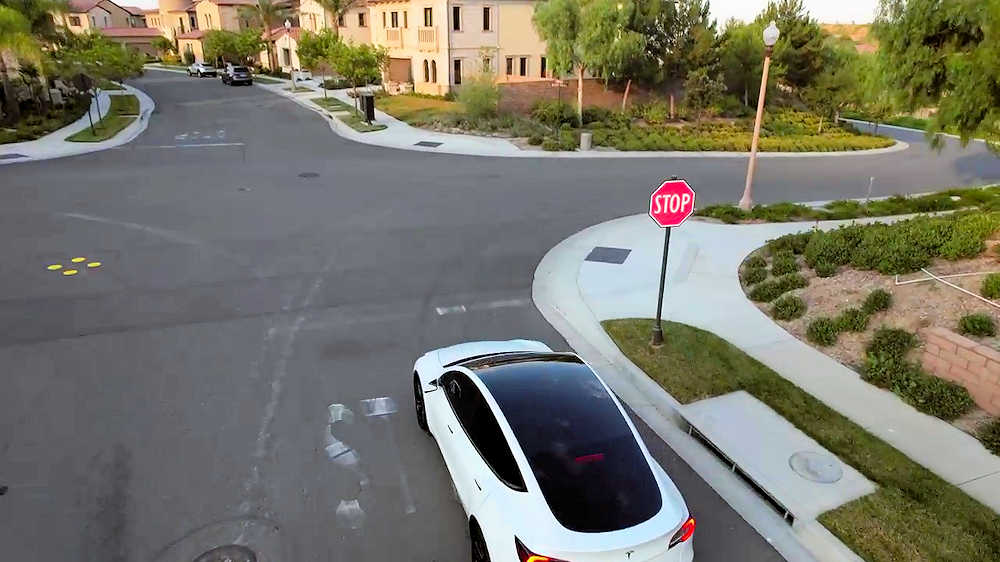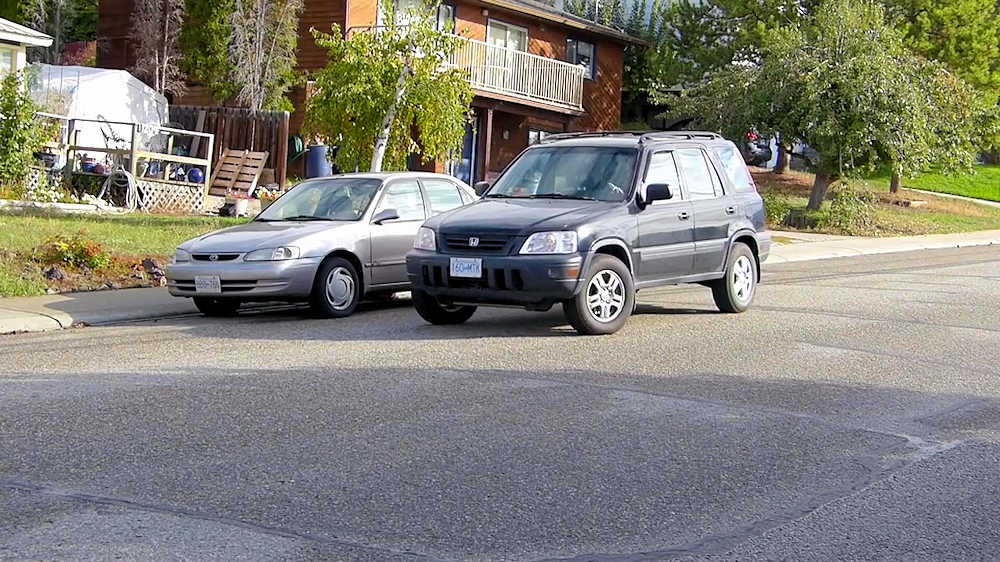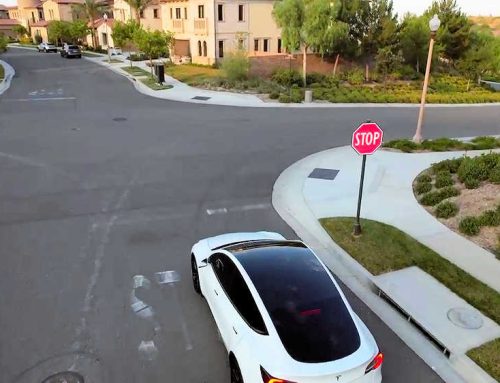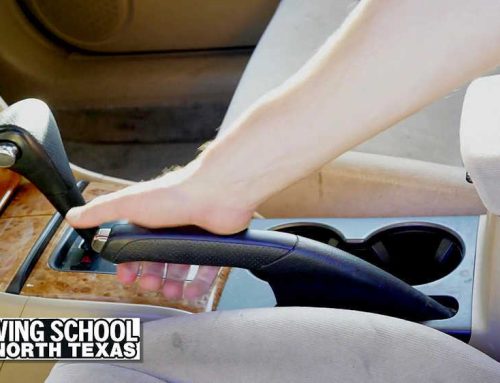Teaching driver education to special needs students requires patience and individualized approach. Here are some general guidelines to help you get started:
- Assess individual abilities : Begin by assessing each student’s physical, cognitive, and emotional abilities to determine their readiness for driver education. Consult with their parents, caregivers, and healthcare professionals to gather comprehensive information.
- Individualized instruction : Develop individualized instruction plans based on each student’s strengths, weaknesses, and learning styles. Modify teaching strategies and materials to accommodate their unique needs. Some students may benefit from visual aids, simplified instructions, or additional practice sessions.
- Establish goals : Collaborate with the student, their parents, and relevant professionals to establish realistic goals for the driver education program. Goals should be specific, measurable, attainable, relevant, and time-bound (SMART). This will help guide your teaching and provide a sense of achievement for the students.
- Build foundational skills : Start by focusing on building foundational skills related to attention, perception, coordination, and decision-making. Use exercises, activities, and simulations to help students understand traffic rules, signs, and basic driving concepts.
- Gradual progression : Introduce driving skills in a gradual and incremental manner. Begin with simple tasks such as steering, braking, and accelerating in a controlled environment. As students gain confidence and proficiency, gradually introduce more complex skills like lane changing, merging, and navigating intersections.
- Practice in various environments : Expose students to different driving environments to help them develop adaptability and problem-solving skills. Start with quiet streets and parking lots, then progress to busier roads, highways, and diverse weather conditions. Gradually increase the complexity of traffic situations.
- Use visual supports : Visual aids can be highly beneficial for special needs students. Incorporate visual supports such as charts, diagrams, pictures, and videos to reinforce learning and enhance comprehension.
- Collaborate with professionals : Work closely with occupational therapists, speech therapists, and other specialists involved in the students’ care. They can provide valuable insights, suggest appropriate adaptations, and help address specific challenges.
- Practice with technology : Consider using driving simulators or virtual reality tools to provide additional practice opportunities in a controlled and safe environment. These tools can help students gain confidence and improve specific skills before transitioning to real-world driving.
- Emphasize safety and responsible driving : Place a strong emphasis on safety and responsible driving behaviors. Teach students defensive driving techniques, the importance of following traffic laws, and how to respond to emergency situations. Reinforce the importance of seat belts, speed limits, and obeying traffic signals.
- Patience and encouragement : Be patient, supportive, and provide ongoing positive reinforcement throughout the learning process. Celebrate small victories and acknowledge progress, regardless of the pace. Encourage students to overcome challenges and foster a sense of confidence and independence.

| BOOK YOUR DRIVING CLASS TODAY! |
| Driving School of North Texas |
Remember, teaching driver education to special needs students requires flexibility and adaptability. Each student is unique, and it’s essential to tailor your approach to their specific needs and abilities. Regularly communicate with parents, caregivers, and professionals involved to ensure a collaborative and effective learning experience.
For more information about Driving School of North Texas and its range of services, please visit their website at www.drivingschoolofnorthtexas.com. Contact Stephen Hilz at 214.504.9292 for inquiries concerning the content in this article.






